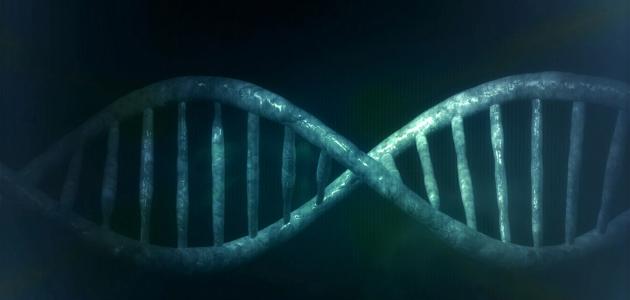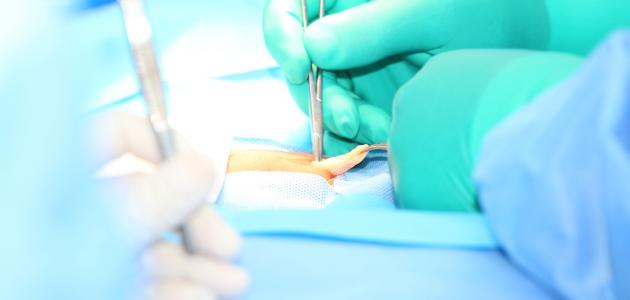Contents
DNA
DNA is the main reason for the difference in human beings in terms of shape, body composition and skin color, and in the middle of the 20th century the basic shape or structure of DNA was discovered, and after this discovery it was learned how it was transmitted from one generation to another by genetics. To another generation by genetics.
How does DNA replication happen?
The process of DNA replication is in itself the ability of cells to pass from one generation to another by maintaining a high degree of accuracy and continuity of functions, and also is the ability to preserve the genetic information contained in the DNA, which is the main component of the chromosome (it is a rod-shaped structure located in The cell nucleus consists of proteins and deoxyribonucleic acid). All living organisms, whether plants or animals, contain a specific number of chromosomes for each type that differs completely from one organism to another, which is transmitted from one generation to another.
Conditions for DNA replication
There are some conditions for the process of DNA replication to occur, and these conditions are:
- There must be a DNA molecule that is bound in the duplication process for new DNA molecules to be produced which are the molecules that carry the genetic information.
- There must be the four components of the nucleotides (A, G, T, C) that are involved in the synthesis of the DNA molecule.
- There must be an enzyme that helps replicate DNA, which is known as an enzyme replication (DNA polymerase), and there should be other enzymes.
DNA replication method
- The two strings of the DNA molecule are separated from each other, and this is due to the breakdown of the hydrogen bonds that link the nitrogen bonds to each other, and the molecule is split in a longitudinal form until the end of the chain, and thus turns into single chains.
- Then, the replication enzyme (DNA polymerase enzyme) binds to the mono chain after fission in order to place the nucleotides in the semen according to the arrangement of the nitrogenous bases present in the DNA chain.
- Then two DNA molecules duplicate at the same time and at the same speed, thus producing two DNA strings from that client, one old and the other new.
- Then comes the process of binding to DNA molecules, which is carried out by this process by the original histones proteins, which then form chromosomes and condense inside the nucleus.



